What’s next for Chapel Hill’s police headquarters and the coal ash buried beneath it
Chapel Hill is moving forward with plans to build a new police station and town offices — another step in deciding what will happen with the coal ash buried decades ago under the proposed site.
A pending Brownfields agreement with the N.C. Department of Environmental Quality will only cover the new Municipal Services Center at 828 Martin Luther King Jr. Blvd., Deputy Town Manager Mary Jane Nirdlinger said Wednesday.
The town dropped a plan to also build apartments, which means if a future council wants to build housing there it would need a new Brownfields agreement, she said. The Brownfields Program works with developers to prepare contaminated sites for redevelopment.
The council’s 7-1 vote Wednesday night authorized staff to use town revenues to begin planning and designing the municipal center. The town would reimburse itself through bond financing.
Wednesday’s vote to draft a plan was a required Brownfields program step, Mayor Pam Hemminger said. The town has to submit a plan for what could be built on the site to DEQ, so state officials can provide specific options for cleaning up the coal ash, she said.
The vote does not authorize the construction of any buildings. However, that could happen by the end of this year, town staff said.
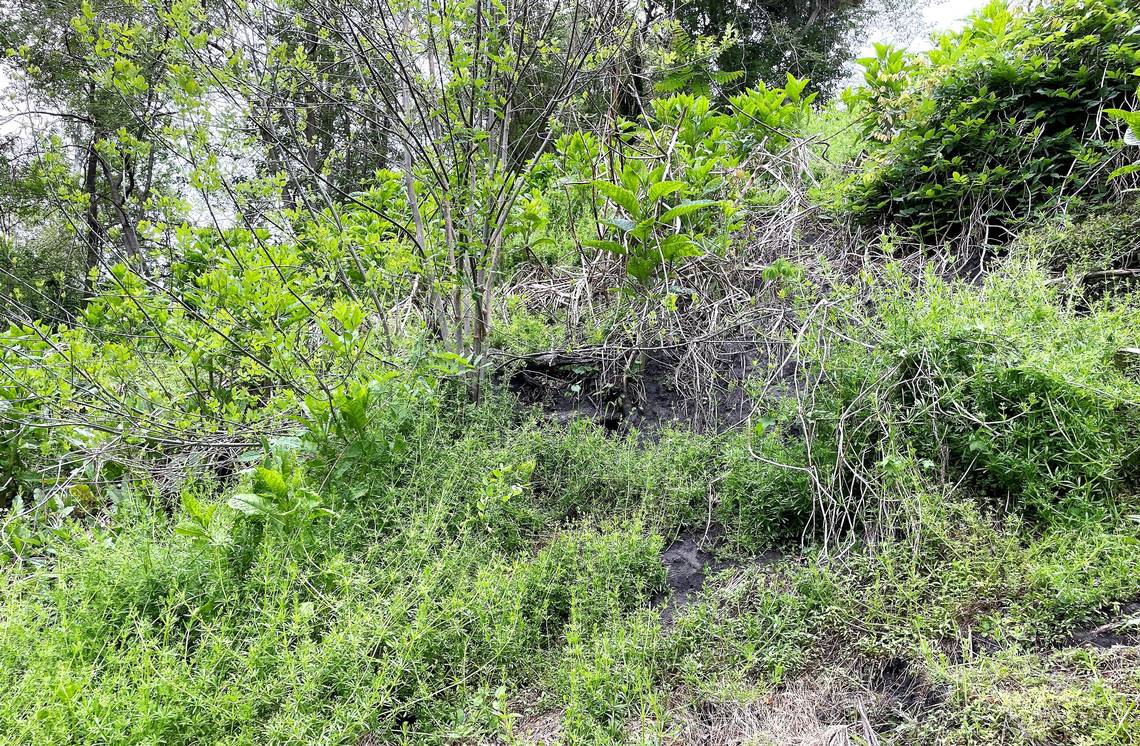
The town also received new estimates this week for two options proposed by its consultant Hart & Hickman:
▪ Replace a large portion of the coal ash with clean soil, capping it with buildings and pavement. A retaining wall built into the hill would keep the soil in place. The cost: $2.9 million to $4.3 million.
▪ Remove and replace the contaminated soil. The cost: $8.8 million to $11.2 million to remove 30,000 cubic yards, or $14.5 million to $18.2 million to remove 60,000 cubic yards. The contaminated soil would be buried in a licensed landfill in another county.
Council member Adam Searing, who has argued against building anything on the site unless it is first cleaned up, voted against Wednesday’s resolution. Council member Tai Huynh was absent.
In a statement, Searing cited a petition from the town’s Envirommental Stewardship Advisory Board, potential public health and economic harm, and UNC’s decision to clean up coal ash found during a 2010 construction project behind its co-generation plant on Cameron Avenue.
That work removed 4,204 tons, or nearly 3,200 cubic yards, of coal ash and dirt from the site, according to UNC records. That’s roughly 5% of the 60,000 cubic yards of coal ash and dirt estimated to be buried at the police department site.
“I am happy to support building town offices, housing, or other public amenities on this site,” Searing said. “However, we have a responsibility to our community, our taxpayers and our employees to remove the hazardous coal ash before we do so.”
Town staff expects the council to receive a preliminary concept plan this spring and to start considering an official project later this year. The center could include the police station, plus offices for parks, fire and other town departments.
The final cost for the cleanup and construction hasn’t been determined, but the town has budgeted $45 million so far.
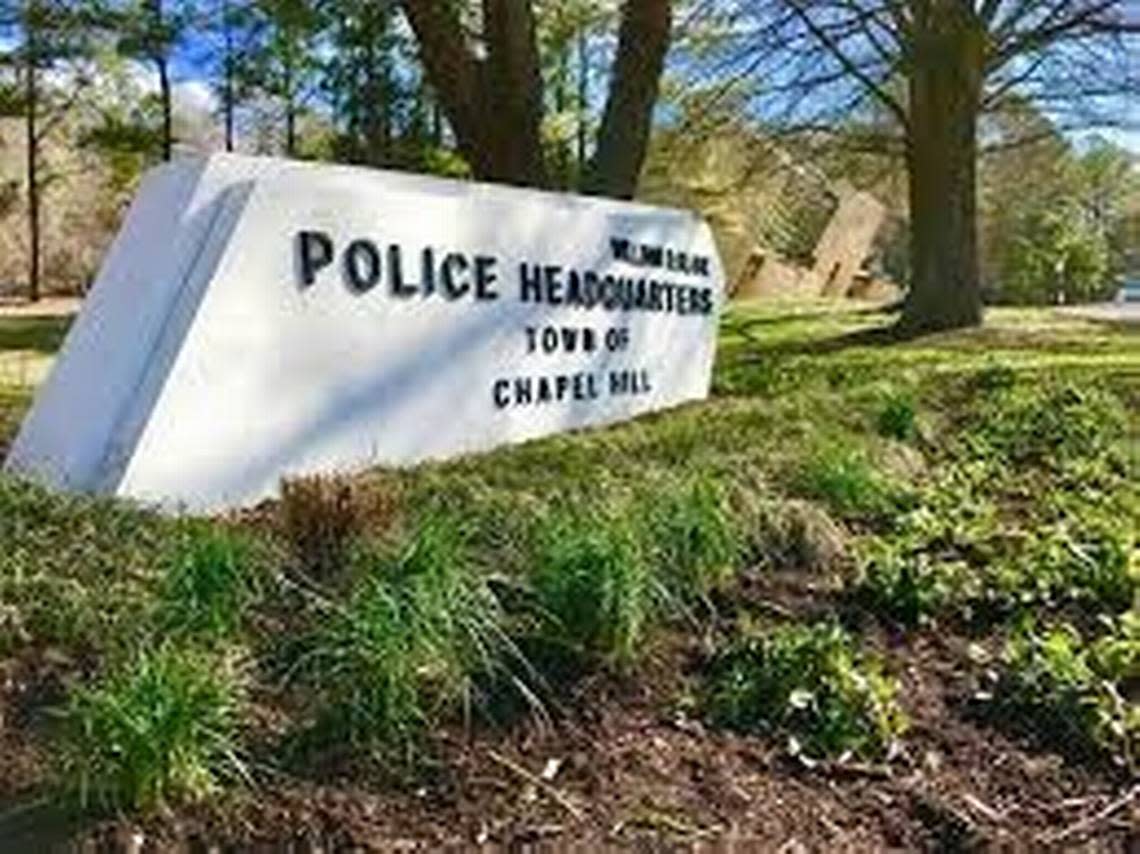
Independent investigation, public concerns
The town has considered potential police department sites for over a decade, because the current station is outdated and needs critical repairs. It was built in the 1980s, but the town did not learn until 2013 that coal ash was buried there.
While most coal ash is under the building and the parking lot, some also sits just under the ground or on the side of a steep bank overlooking Bolin Creek. The town replaced roughly 1,000 tons of coal ash near the creek with clean dirt in 2020.
The group Safe Housing for Chapel Hill asked the town earlier this year to replace all of the coal ash with clean soil. The group also wants UNC to help pay for the work, since the coal ash likely originated at UNC’s power plant.
The university has not accepted responsibility or offered to help, and state rules hold the town, as the site’s developer, responsible.
On Wednesday, Felicia Wang and members of the Sunrise Movement urged the town to address the coal ash. The best solution is completely cleaning the site, instead of relying on Brownfield program guidance and capping the coal ash, which has not worked in other communities, she said.
“As a relatively wealthy, environmentally conscious, and progressive town, Chapel Hill has the privilege and responsibility to set a precedent for cleaning up coal ash before disastrous development,” Wang said. “The difference between actually cleaning up the coal ash and just capping it is the difference between an inconvenience and a death sentence.”
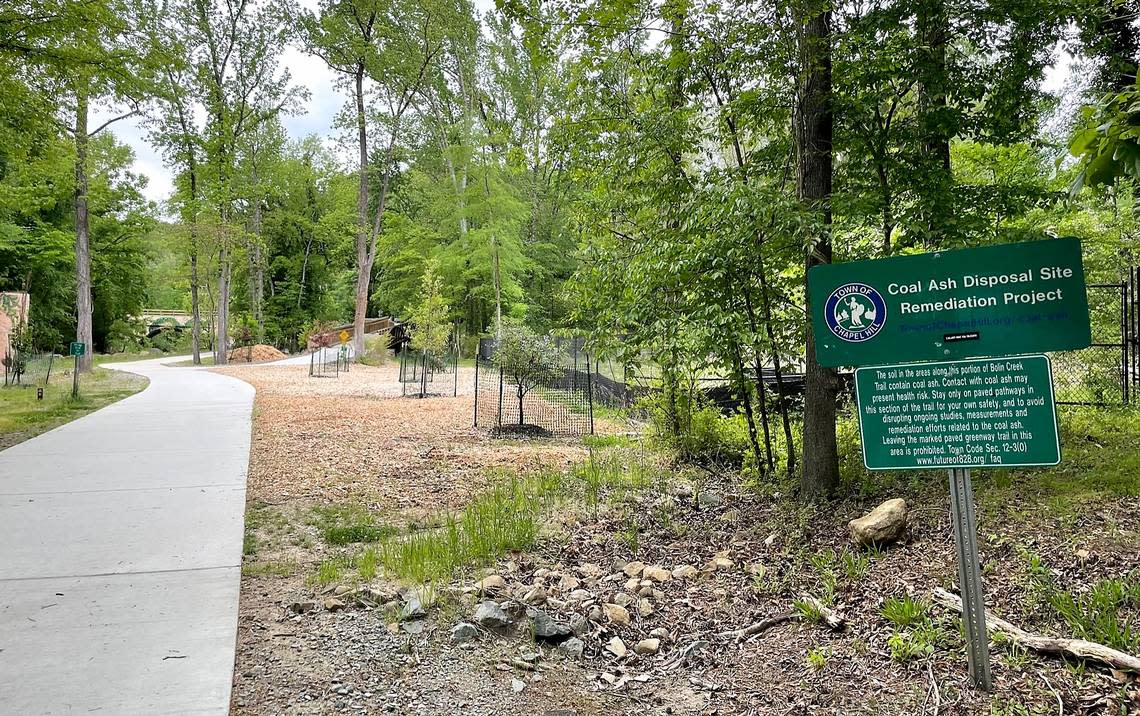
Chapel Hill resident Isabel Geffner encouraged the town to communicate with residents better.
Her friend worked at the police department for 25 years and died from cancer within a year of his diagnosis, Geffner said, but there is no way to know if his death was related to the coal ash. No health studies have been conducted involving police station employees.
What to do is “a complicated question,” she said, but “having people who live and work in that place is just simply unacceptable.”
Others accused town leaders of ignoring the science and the community’s input.
Safe Housing for Chapel Hill sought an independent coal ash investigation last year, said John Wagner. The group’s founder, Edward Marshall, has accused the council of refusing to read the report or attend a September panel discussion with coal ash experts.
Wagner asked the council Wednesday to carefully consider the report’s findings and recommendations.
“Please listen to the science and don’t sit back and let DEQ just do the Brownfields agreement. You can pressure them to do the best that’s possible. DEQ doesn’t always do that,” he said.
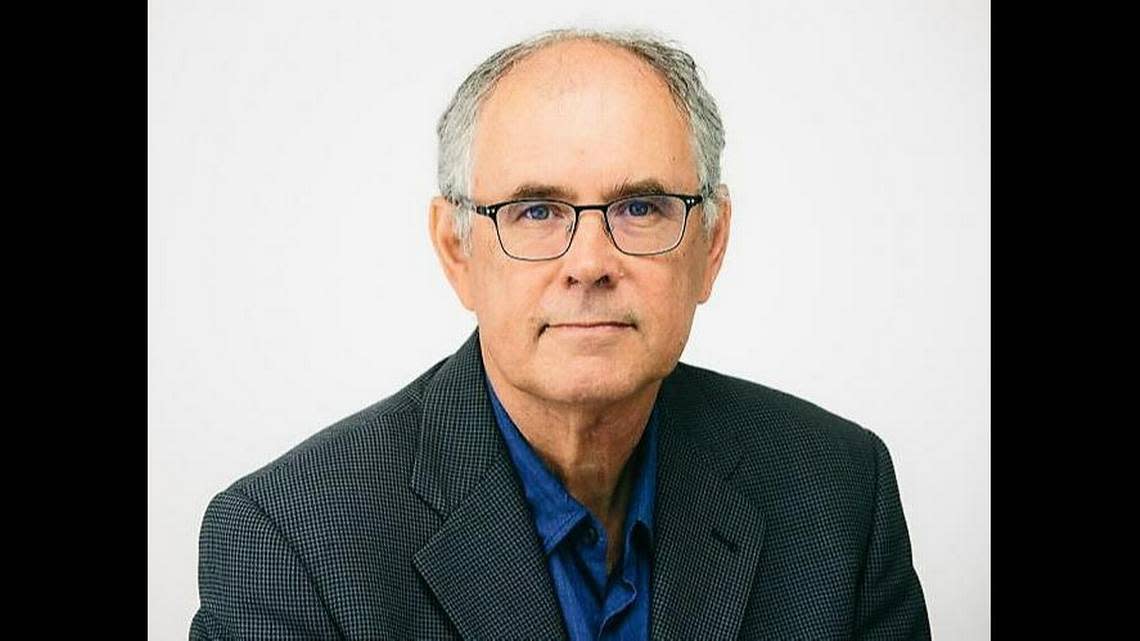
Toxic metals found in coal ash
Avner Vengosh, an environmental quality expert with Duke University’s Nicholas School of the Environment, led the independent investigation, visiting the site with his team on Aug. 2 to collect core samples.
They found 19 toxic metals, Vengosh said, including arsenic, mercury, lead, radium-226 and radium-228, all of which were three to four times higher than EPA standards.
People exposed to those contaminants face an increased risk of cardiovascular, respiratory, cancer, death, and neurological and cognitive health conditions, Duke University Medical Center research scientist Julia Kravchenko said in September.
The risk can be especially high for children, pregnant women, seniors, and people who have lung and chronic diseases, she said.
Removing only some coal ash and capping the rest with soil does not eliminate the risk that rainwater could leach toxic metals into the groundwater or that coal ash could be exposed over time, Vengosh said.
Town consultants reported similar results in a series of studies conducted over the last 10 years.
In 2013, Falcon Engineering consultants confirmed high levels of mercury, plus arsenic, lead, barium, chromium and selenium, had leaked into the soil and groundwater, but not Bolin Creek, which is located at the bottom of the hill. Hart & Hickman consultants completed follow-up studies, finding similar contaminants.
The town asked Hart & Hickman to conduct more studies last year and submitted the results to the state for verification, Hemminger said. The results, posted to the state’s website, confirmed the consultant’s assessment that the site could be used for redevelopment.
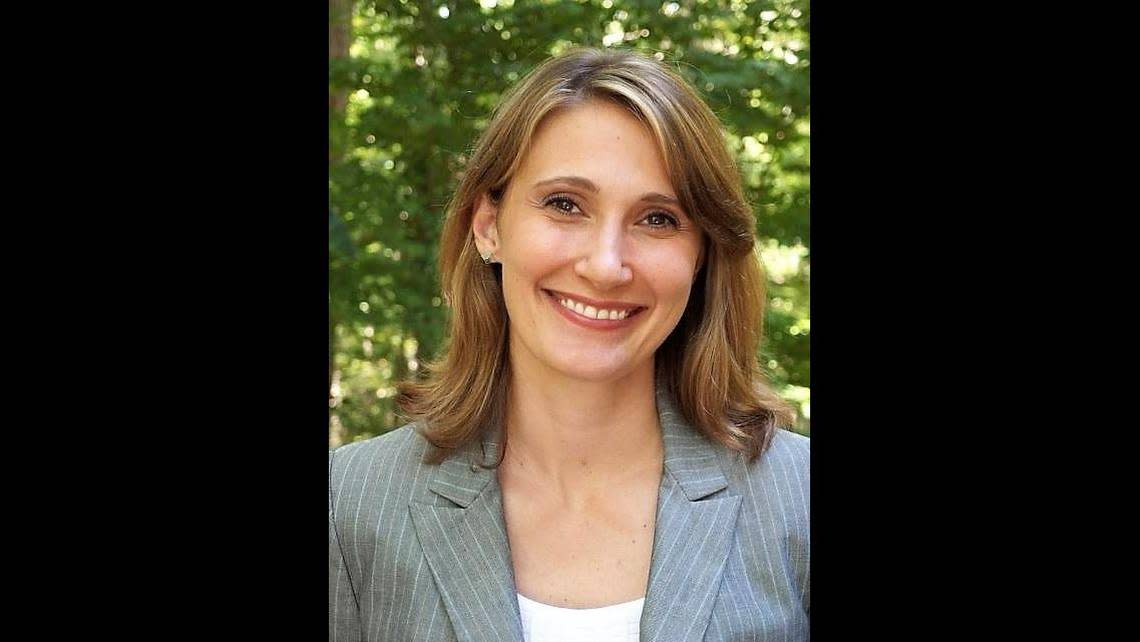
Council seeks trust, just path
Brownfields program rules would allow commercial or multifamily rental housing at 828 MLK, as well as the civic building, but people would be prohibited from using groundwater or disturbing the soil. The town also would have to monitor any changes for at least 30 years. Environmental experts and project opponents warned the science is still unfolding.
Council member Jessica Anderson asked the community to trust that the council has its best interests in mind.
Everyone agrees coal ash is dangerous and some of it will have to be removed, Anderson said, but the “safest practice” for other parts of the site is to bury the coal ash under a building and concrete.
“We’re not going to hide anything. We agree we have to do something about the site and there are dangerous things on site (but) when the coal ash cannot be remediated, it has to be removed, and then it goes in trucks, so workers can be exposed, coal ash can be flying off trucks, and then it goes to another community,” Anderson said.

Sending the coal ash to another community is not environmental justice, Council member Paris Miller-Foushee said.
“Is it liberal or progressive for one of the most wealthy, educated, affluent and white communities in North Carolina to take its coal ash to be disposed of in other communities?” Miller-Foushee asked.
“If our idea of community, if our idea of environmental justice begins and ends at the borders of Chapel Hill, that’s not justice. It’s business as usual; it’s status quo.”
For more information about the 828 MLK project go to tinyurl.com/4m5c6yc4.
